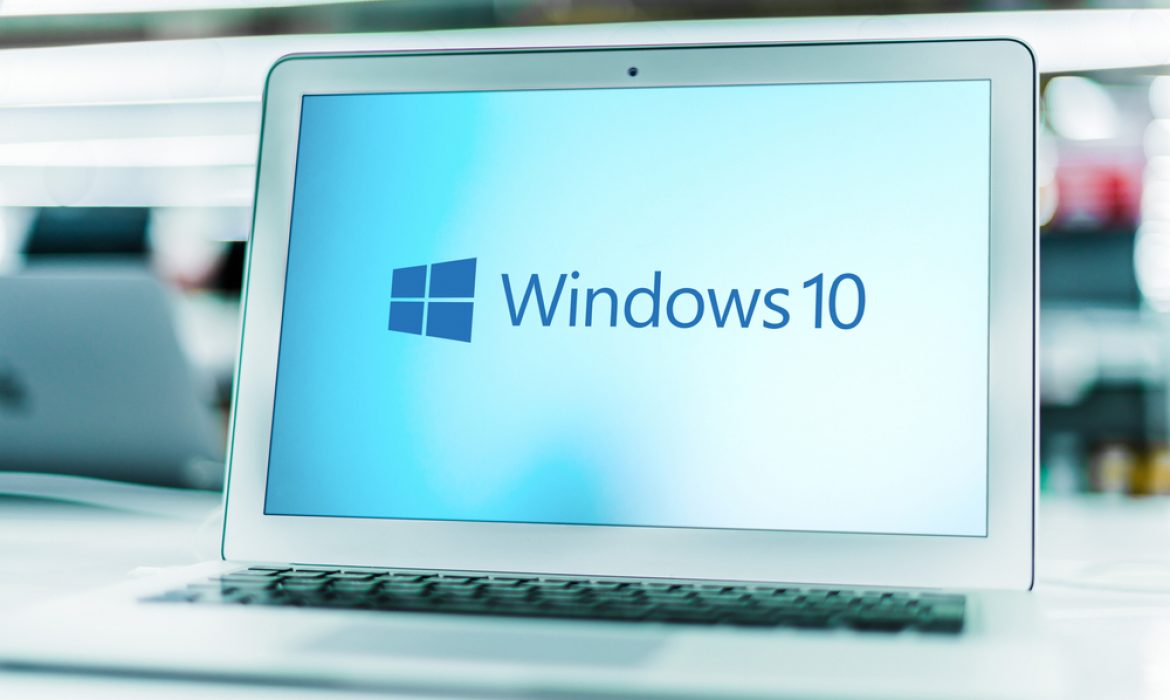In the dynamic realm of operating systems, Windows 10 has emerged as the reigning champion, maintaining its status as the most popular Windows-based OS globally. Despite the introduction of Windows 11 two years ago, the predecessor continues to command an impressive 71.64% market share, while Windows 11 lags behind with 23.61%, according to StatCounter’s comprehensive analysis.
Interestingly, the figures highlight a stark contrast in adoption rates. Windows 10 amassed a robust 32.84% market share two years after its 2015 launch, outstripping Windows 11’s progress over the same timeframe by a significant 10%.
The lingering prominence of Windows 10 can be attributed to several factors. Criticisms aimed at Windows 11, such as its altered Start menu and taskbar, coupled with higher system requirements, have dampened its reception among users. Notably, Windows 11 necessitates a compatible TPM, causing challenges for systems lacking this feature.
Despite these hurdles, Windows 11 brings noteworthy enhancements to the table, including Microsoft’s AI assistant Copilot, widgets, and comprehensive support for DirectStorage. However, some users find the updated taskbar lacking in comparison to its Windows 10 counterpart, missing features like displaying the program name alongside the icon or offering flexibility in taskbar placement.
In the gaming sphere, Windows 10 maintains its stronghold, particularly among gamers, securing a commendable 58% share according to the September Valve Hardware Survey. Windows 11, while making strides with a 37% share, continues to trail its predecessor.
With over 1.4 billion active devices running Windows 10 or Windows 11 globally, the landscape remains competitive. Windows 10’s resilience raises intriguing questions about the evolving preferences of users and the challenges faced by new OS entrants.
In this ever-shifting arena, Windows 10 stands as a testament to user loyalty, reminding us that familiarity often breeds trust in the realm of technology. As Windows 11 continues its journey, these statistics illuminate the intricate dance between innovation, user experience, and the enduring legacy of Windows 10.
